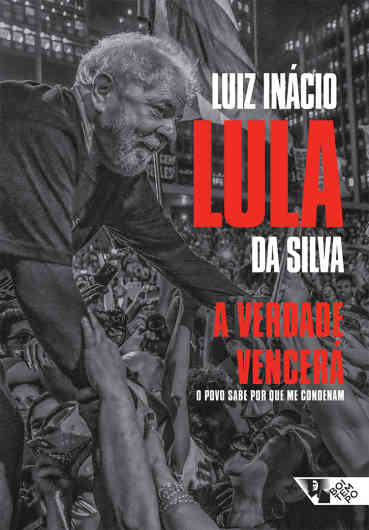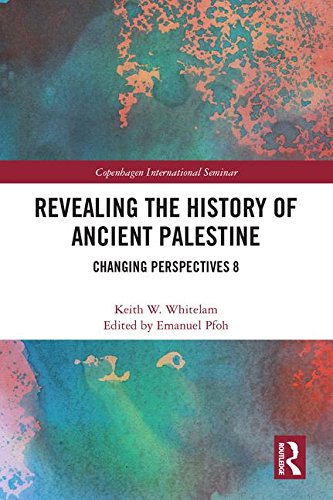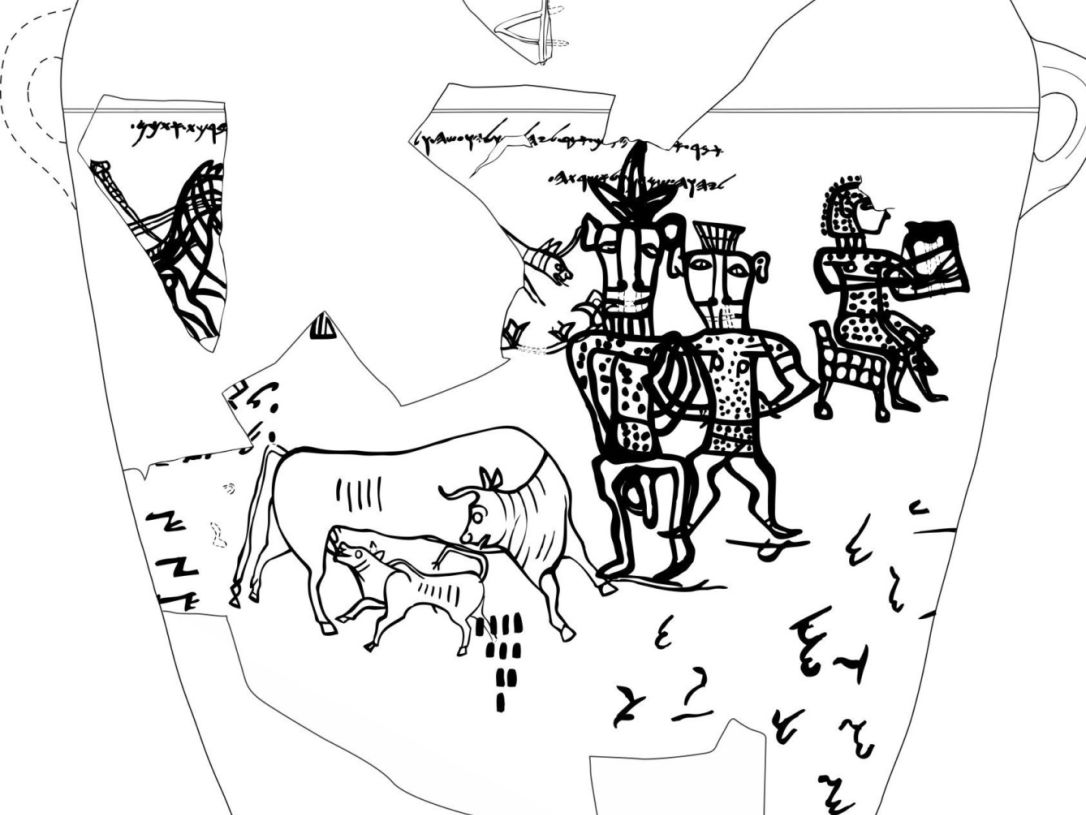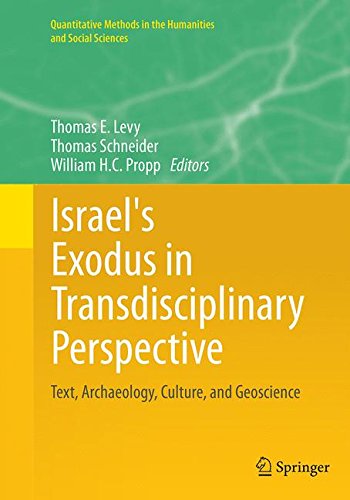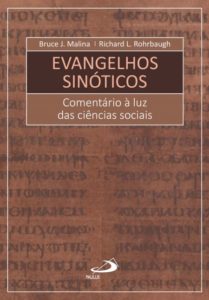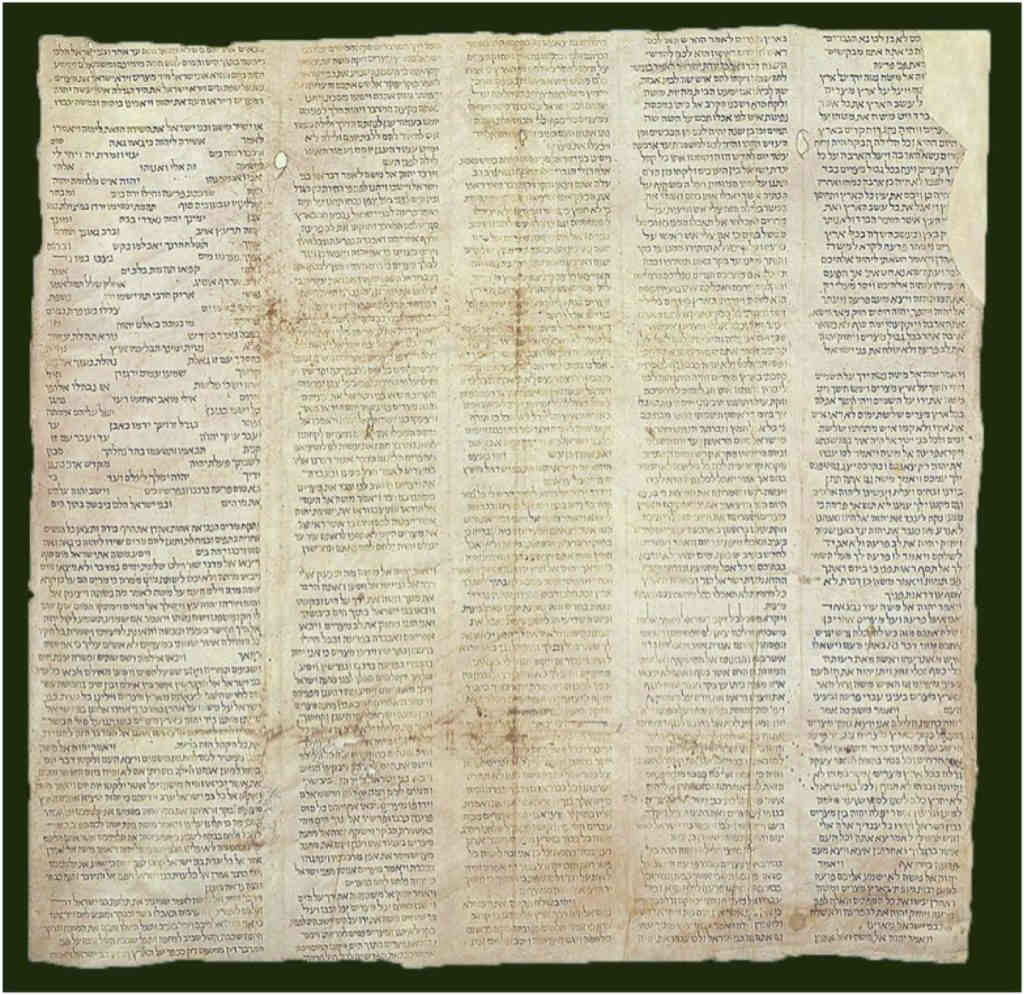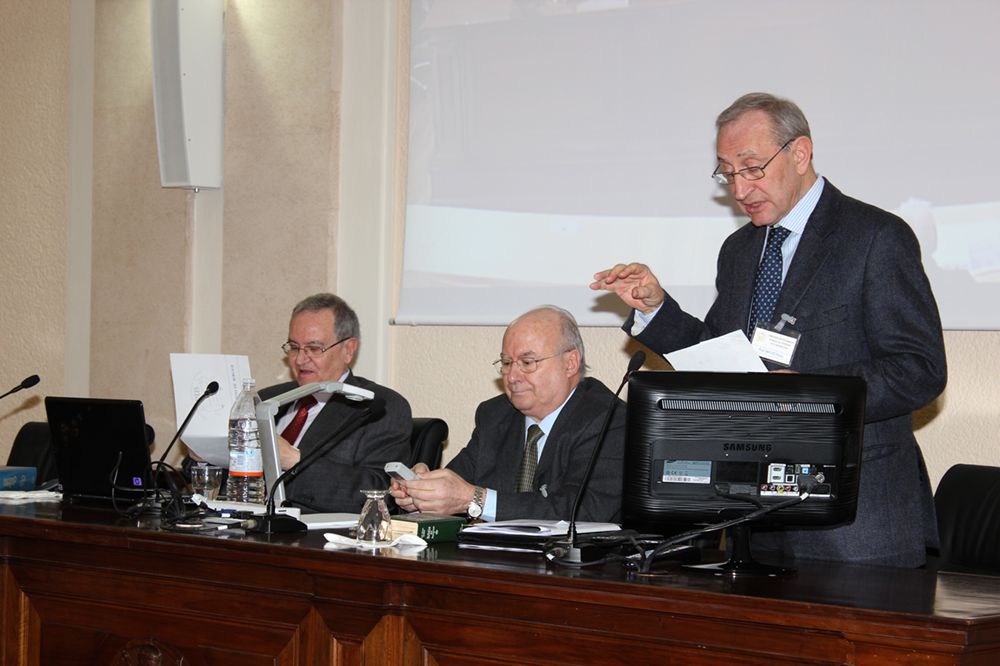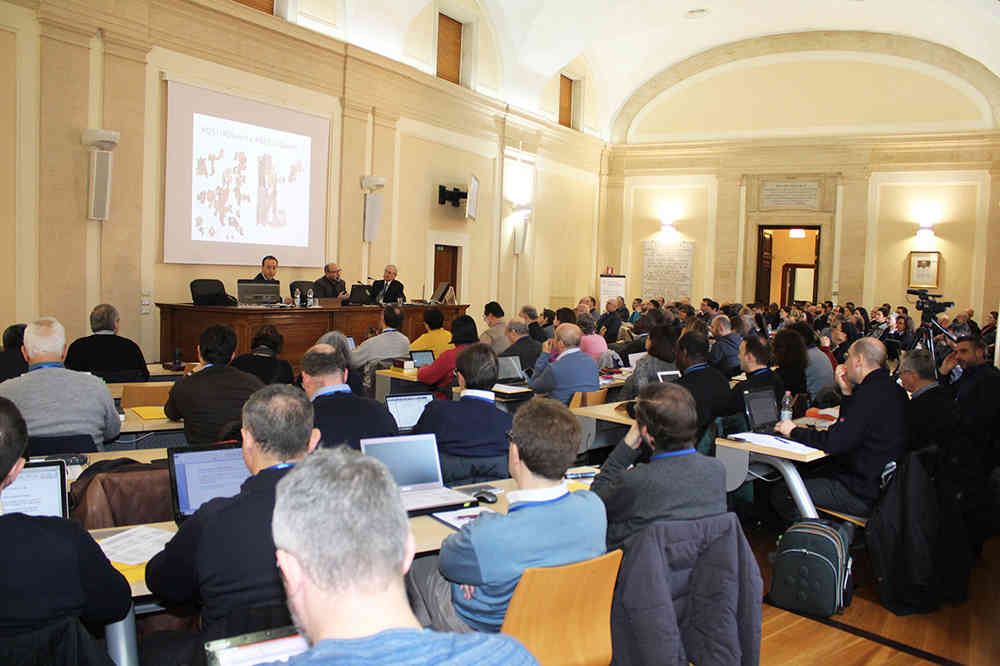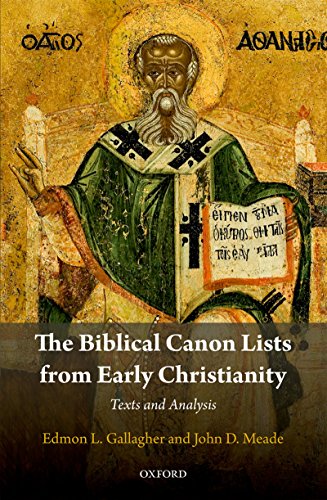O ebook do livro do Lula pode ser baixado gratuitamente aqui.
Luiz Inácio LULA da Silva, A verdade vencerá: O povo sabe por que me condenam. 2. ed. São Paulo: Boitempo, 2019, 256 p. – ISBN 9788575597446.
Diz o blog da editora Boitempo em 06/04/2018:
Diante de uma perseguição política sem precedentes, Lula lança livro para contar a sua versão da história. A Boitempo disponibiliza o e-book para download gratuito e livro físico em dobro no site!
Um livro necessário, uma leitura urgente. Diante de uma perseguição política sem precedentes, Lula lança livro para contar a sua versão da história.
Está disponível para download gratuito o e-book completo do livro A verdade vencerá: o povo sabe por que me condenam, do ex-presidente Luiz Inácio Lula da Silva.
O coração da obra são as 124 páginas, de um total de 216, que apresentam um retrato fiel do ex-presidente no presente contexto em formato de uma longa entrevista concedida aos jornalistas Juca Kfouri e Maria Inês Nassif, ao professor de relações internacionais Gilberto Maringoni e à editora Ivana Jinkings, fundadora e diretora da editora Boitempo. Foram horas de conversa aberta e sem temas proibidos, divididas em três rodadas, que aconteceram no Instituto Lula, em São Paulo, nos dias 7, 15 e 28 de fevereiro.
Entre os principais temas discutidos, ganha destaque a análise inédita do ex-presidente sobre os bastidores políticos dos últimos anos e o que levou o Partido dos Trabalhadores a perder o poder após a reeleição de Dilma Rousseff. Lula também fala sobre as eleições de 2018 e suas perspectivas e esperanças para o País.
Organizada por Ivana Jinkings, com a colaboração de Gilberto Maringoni, Juca Kfouri e Maria Inês Nassif – e edição de Mauro Lopes –, a obra traz ainda textos de Eric Nepomuceno, Luis Fernando Verissimo, Luis Felipe Miguel e Rafael Valim. Além disso, a edição é acrescida de uma cronologia da vida de Lula, organizada pelo jornalista Camilo Vannuchi, texto de capa do historiador Luiz Felipe de Alencastro e dois cadernos com fotos históricas, dos tempos no sindicato à presidência, passando pelas recentes caravanas e manifestações de rua.
